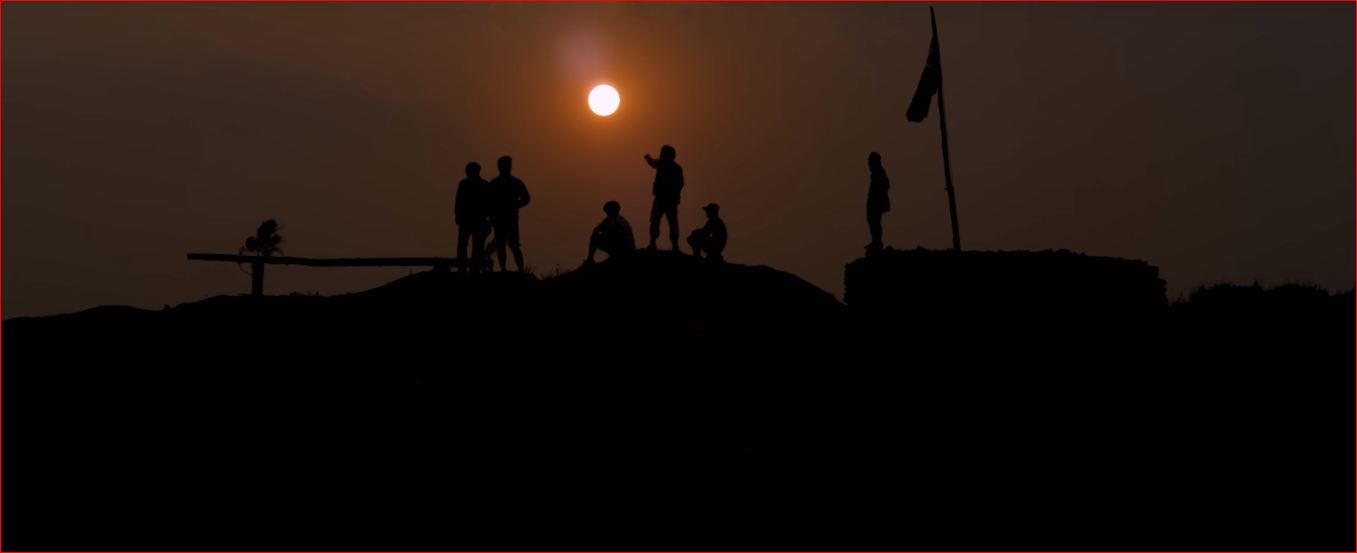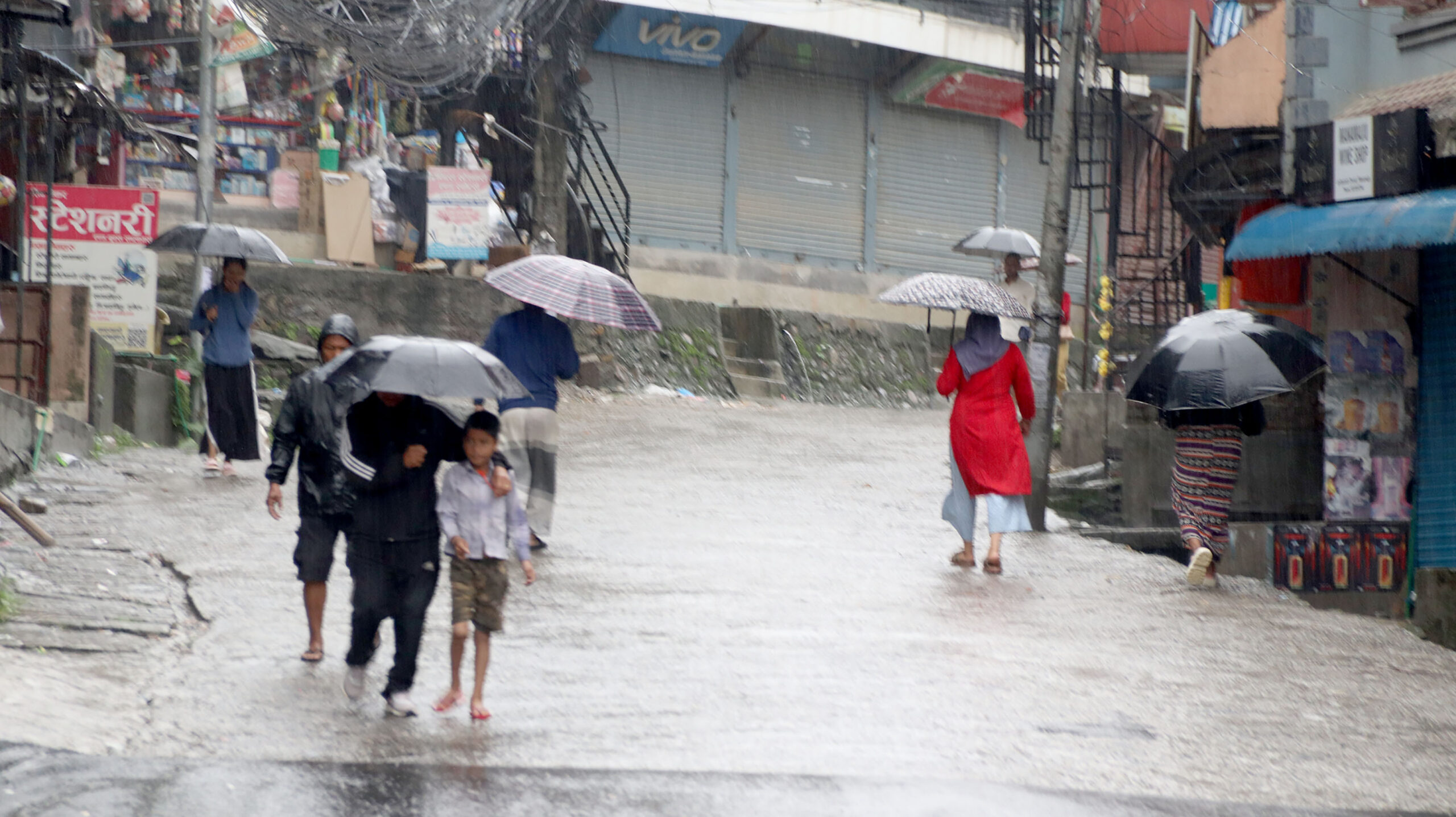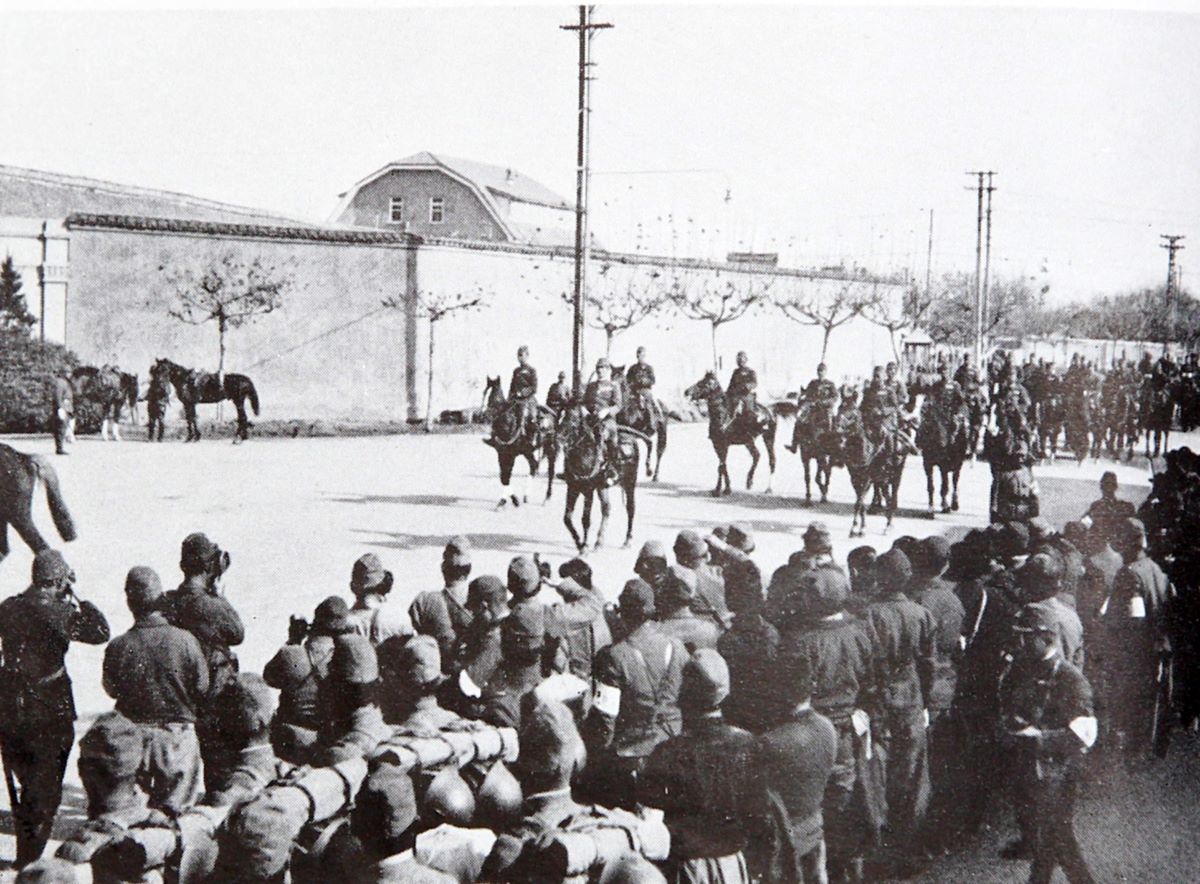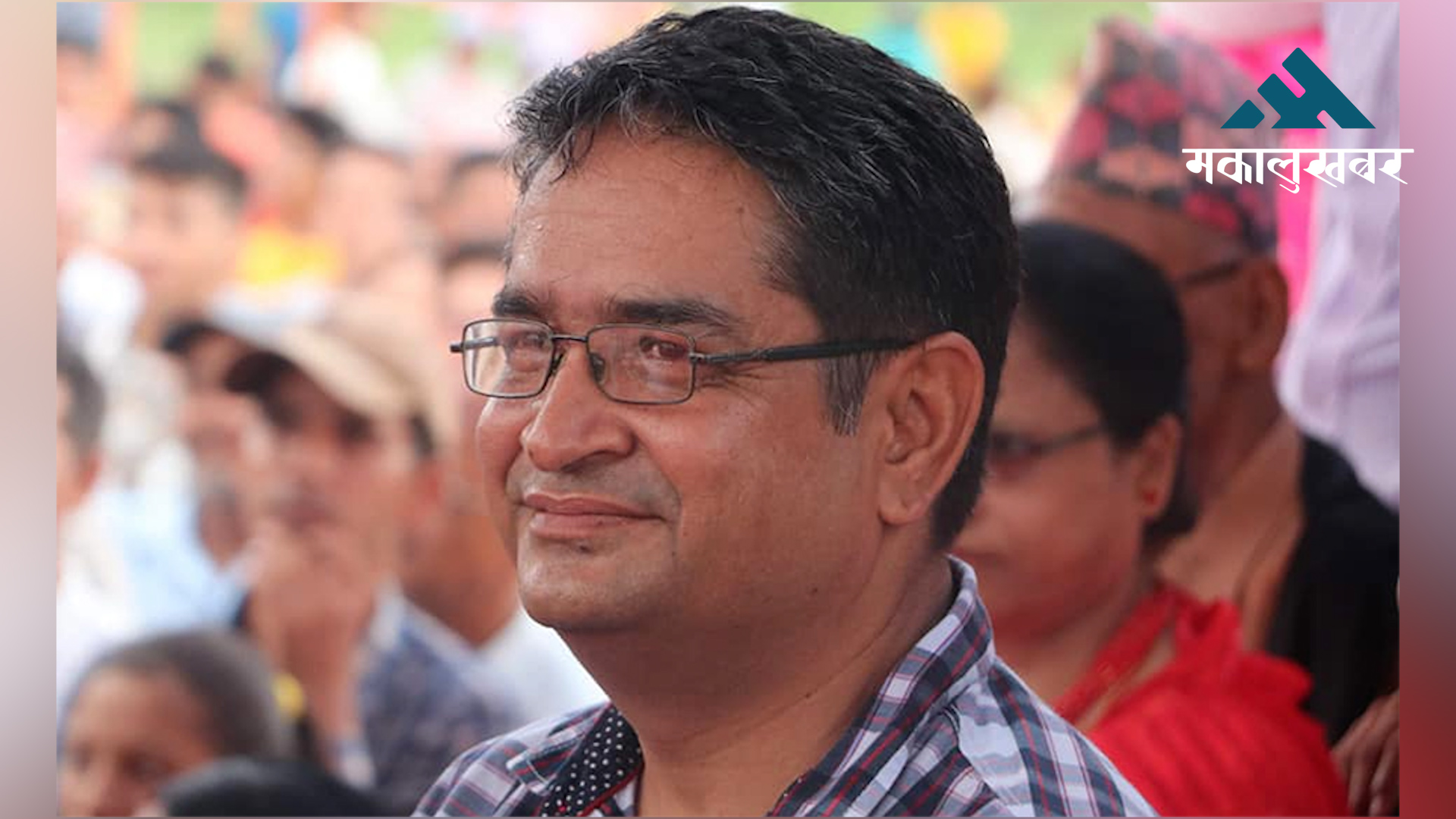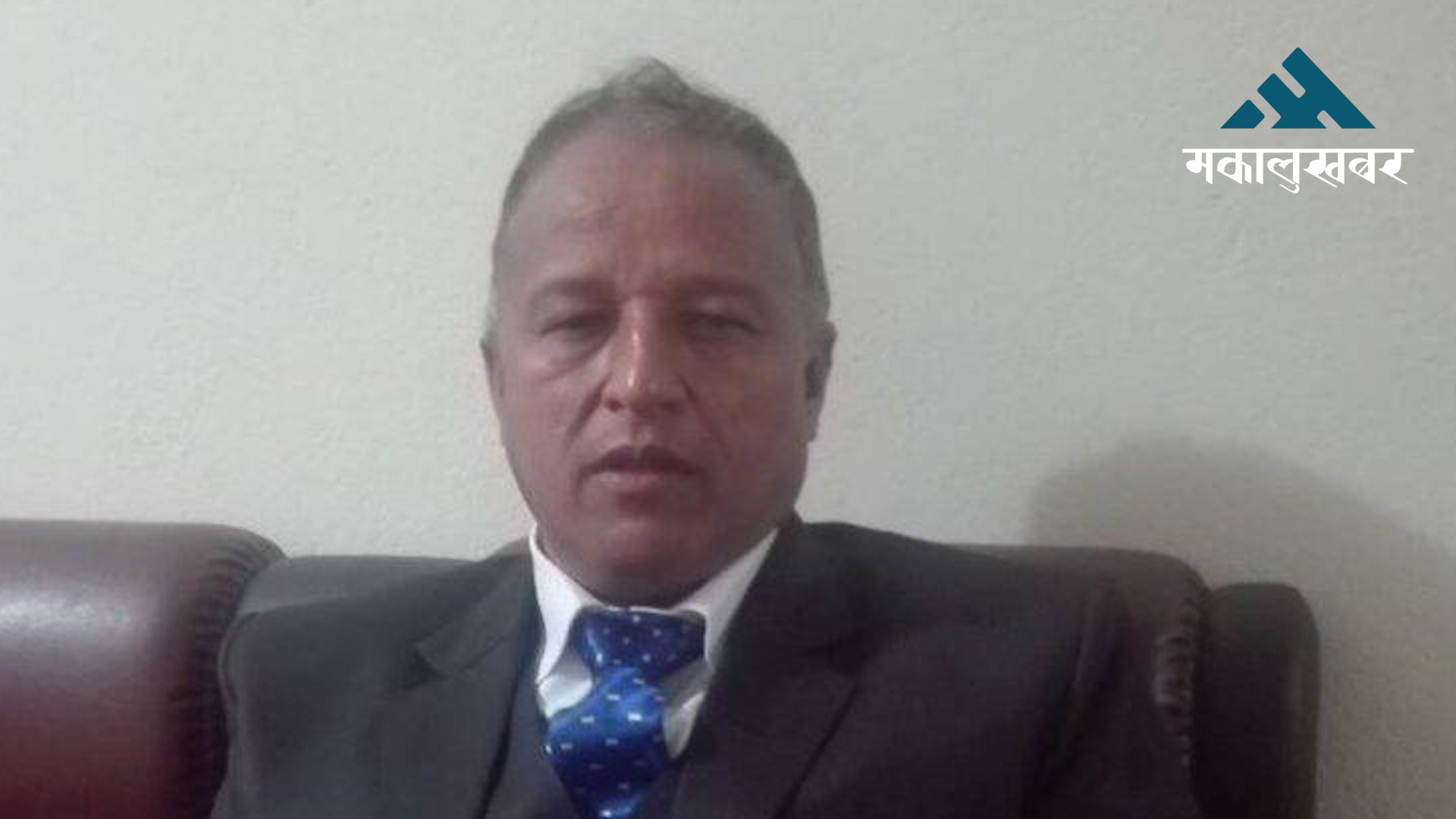Vishwakarma Puja being celebrate today
Today mechanics, vehicles used in transportation, machines, tools are worshipped.
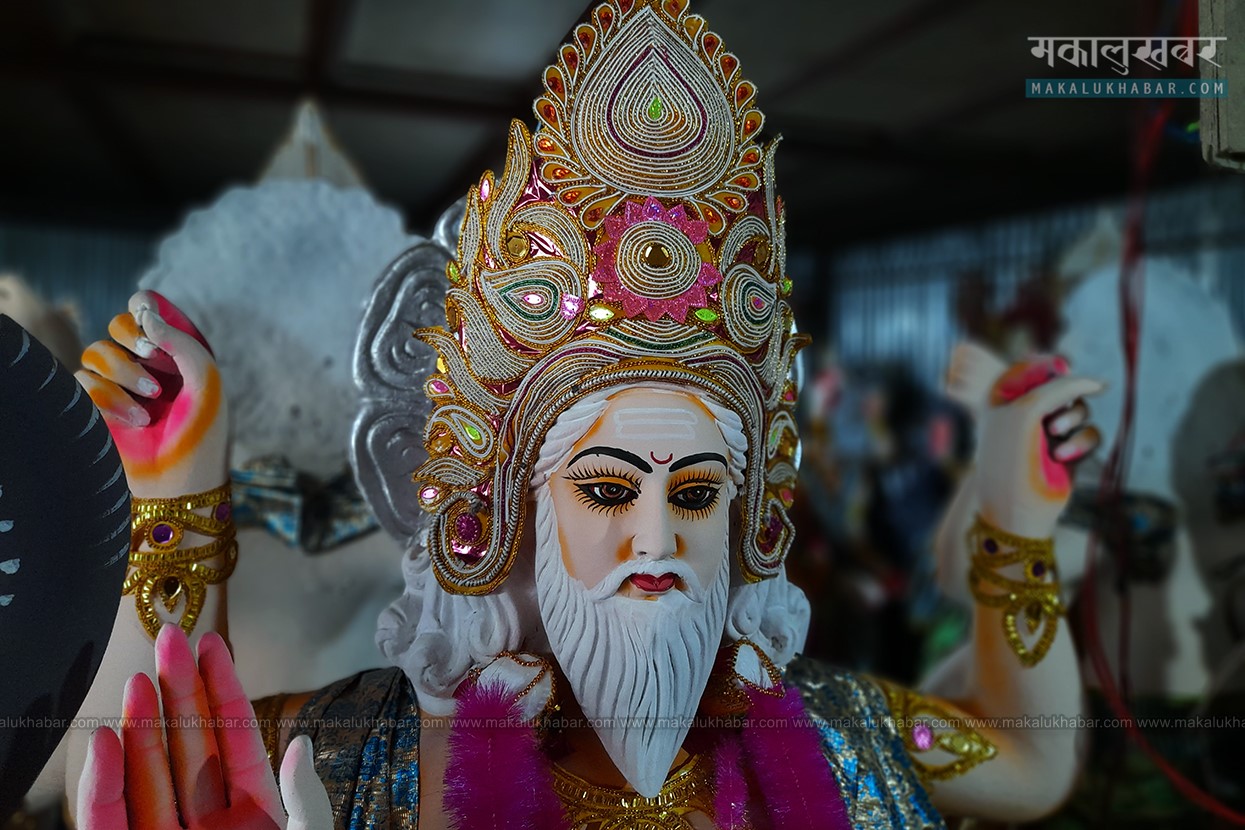
KATHMANDU: Vishwakarma Puja is an important Hindu event that takes place every year in mid-September.
In the Rig Veda, Lord Vishwakarma is considered as the Lord of Creation, the divine architect and engineer.
The day is observed to commemorate Lord Vishwakarma’s birth anniversary, and is thus also known as Vishwakarma Jayanti.
While some texts identify him as Lord Brahma’s son, others identify him as an incarnation of Lord Shiva.
Every year on the day of Ashwin Sankranti, the artisans are celebrating Vishwakarma by worshipping God in Vishwakarma, especially in their factories.
Today mechanics, vehicles used in transportation, machines, tools are worshipped.
This festival is celebrated in the factory by worshipping Lord Vishwakarma in clay, sand idols or images.
The idol of Vishwakarma worshipped today will be cremated tomorrow evening at a nearby medina.
What is Vishwakarma Puja?
It is a pooja to Lord Vishwakarma, the Lord of art, architecture, and engineering. In a nutshell, it is a form of adoration and tribute to all those who invented technology. It is a tribute to all who have worked in the field of physics for the betterment of humanity.
Lord Vishwakarma has four hands, wears a crown, and carries a water-pot, a book, a noose, and craftsman’s tools in his hands.
Vishwakarma is traditionally regarded as the god of architecture and engineering by Hindus.
Vishwakarma Puja is seen as “a time for workers and craftsmen to resolve to increase productivity and gain divine inspiration for creating novel products.”
How do we celebrate Vishwakarma Puja?
The celebration is usually held on the industrial premises, shop floor, office, or workshops. All of the machinery is venerated alongside Vishwakarma. People revere their automobiles and machinery. Machinery and vehicles are given red and white cloth as well as holy treads.
After the puja, the image of Vishwakarma is paraded through several parts of Nepal. People place images of Lord Vishwakarma at crossroads and place statues and idols of him in street corners. This occasion also marks the beginning of the holiday season, which lasts until Diwali.
It is said that the worship of Vishwakarma has been prepared by fulfilling the health criteria as the risk of coronavirus with the new variant is still there. There is a religious belief that if one worships the various tools used by the artisans today, it will last a long time, will not deteriorate during work and will be able to do good deeds.
There is a religious belief that Vishwakarma hid Lord Krishna in the middle of the sea as a ‘gate of distinction’ after he was afflicted by a demon in Dwaparayuga. Prof. Dr Ram Chandra Gautam, former chairman of the Nepal Panchang Adjudicating Committee and a theologian, says that the tradition of worshipping Vishwakarma as a successful architect has been established since the construction of ‘Veda Dwarka’ in the middle of the sea in one night.
Dwarka is also considered the guardian deity of the west, one of the four guardian deities of ancient India. Vishwakarma’s ‘Gate of Distinction’ is still believed to be in the middle of the sea in the Indian state of Gujarat. Vishwakarma is also considered a specialized knower of architecture. Architect Shiva Pokharel says that he is believed to have prepared the text of Vastu Shastra called Vishwakarma Prakash.
In this remembrance, the artisans of Nepal today worship Vishwakarma in a grand manner and respect his erudition and believe that if they do so, they will also get the virtue of Vishwakarma. In this belief, worship is performed even in the vehicles connected to the engine today.
In memory of the author and scholar of the book Vastu Shastra, architects also celebrate this day as Vastu Day. Recently, the renaissance of architecture has also started in Nepal. In one of the four sub-Vedas, the subject of architecture is mentioned. The number of people constructing cities and houses based on the endangered architectural Vedas has started increasing.


